Spend a few hours swooning over images of #vanlife on Instagram, and you’ll be forgiven for thinking that life on the road is all about jaw-dropping camping spots, breathtaking sunsets, and luxurious camper vans that eerily resemble the Royal Penthouse Suite at the King George V Hotel in Paris. That’s right, folks. Instagram has a lot to answer for.
Those in the know, like yours truly, wouldn’t trade vanlife for anything else on earth. However, we are also acutely aware of the disparity between the reality of vanlife vs. the dreamy Insta fantasy. Donating all your belongings, missing your family, and serious adulting (hello, spreadsheets and budgeting!) are just a few of those slap-you-in-the-face daily realities.
To help you get started on the right foot, here are a few not-so-brilliant aspects of vanlife you won’t see hashtagged on Instagram, and what you can do to avoid them:
Downsizing can seem like an insurmountable struggle.
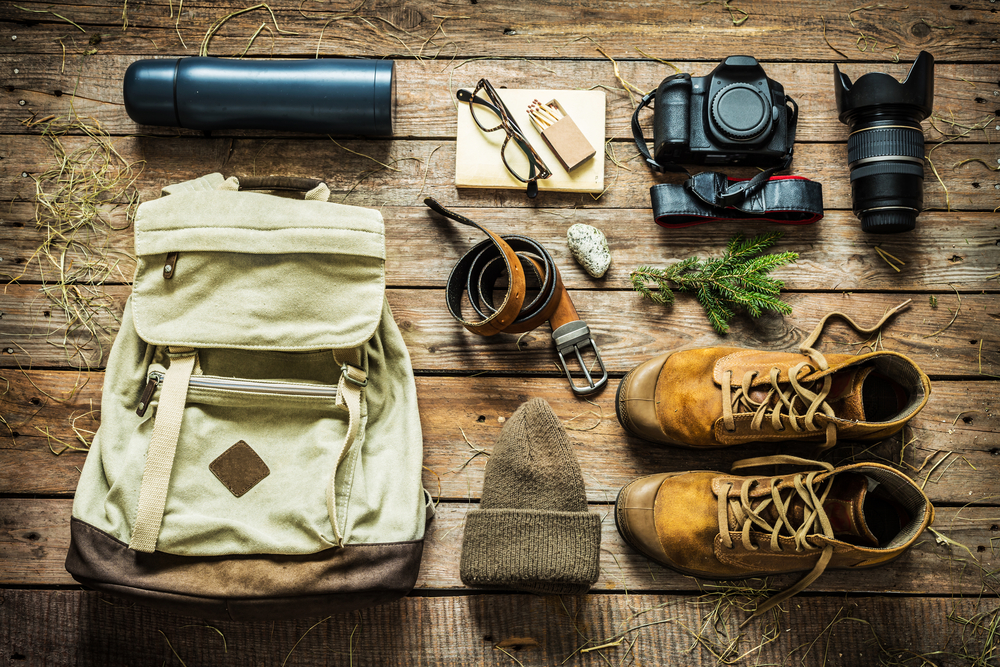
I love to tell people that I’ve worked really hard to own very little, and although it might sound like a funny statement, make no mistake: downsizing my life has been the hardest thing I’ve ever done.
As you try to fit a life into a tiny van, you’ll suddenly realise that you’ll have to constantly fight the inherent human urge to horde and secure for the future. Downsizing forces you to prioritize experiences (which you’ll have in your van) over material things (which you’ll leave behind), and although many choose to simply store their leftover possessions, it’s really quite cathartic to rid yourself of them from the get-go.
The solution: Downsizing may seem impossible at first, but here’s a quick 7-step plan that will make it a manageable (and possibly fun) process:
- 1) Take inventory of your stuff. All of it. There’s no way to to know what you’ve got unless you lay it all out. Try: Sortly (a list-making app that helps you stay organized).
- 2) Immediately remove duplicates: kitchen utensils, shampoo bottles, shoes, etc.
- 3) Pick out the things that you need; pick out the things spark joy. If you’re not sure what we’re talking about, check out: the Konmari method of decluttering.
- 4) Organize your items into three piles: keep, trash and donate. Once of the best parts of this process is knowing that your old belongings will be going to someone else in need.
- 5) Make the most of storage space. We could write a whole additional article about van conversions, but in the meantime, keep these spots in mind: under the bed, over the wheel wells, overhead shelving, and convertible furniture.
- 6) Put everything away, and make sure that everything has a place.
- 7) Give yourself a high five, hit the road, and have an adventure of a lifetime.
You’re going to get homesick. Like, really really homesick.
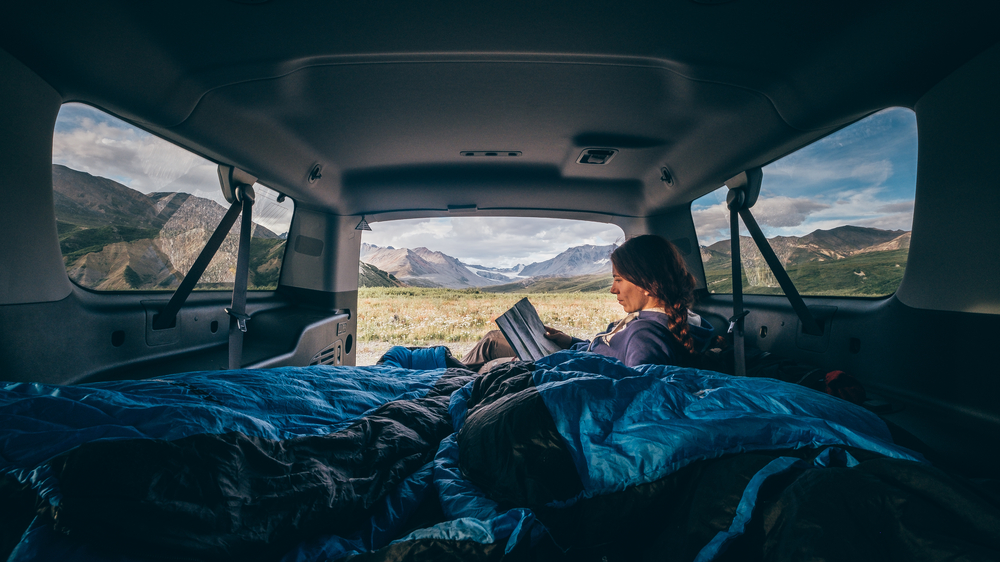
Right now, as you plan your vanlife future, you probably can’t even imagine there will ever come a day when you’re curled up under a blanket suffering the hellish pits of homesickness. But it will happen. It always happens.
Unsurprisingly, the first bout of homesickness usually hits vanlife travellers at the 6-month mark, after that initial ‘vanlife honeymooning period’ starts to fade. It may even occur earlier if a major event is happening back home, like the wedding of a dear friend, the birth of a niece or nephew, or, worse still, the passing of someone dear to you.
The sense of detachment from your loved ones can be freeing at first, but soon enough it will start to weigh a little heavier on your shoulders and, unless you’re planning to steer close to your home state and country, you won’t have the chance to get back for a visit every single time you get homesick.
The solution: Create a routine around communicating with the ones you love most (your mum, your childhood best friend, etc.) and make sure you stick to it. That way, no matter where you are in the world, you have something to look forward to. We recommend: Skype (it’s free and available wherever you have wifi).
You will be challenged by the lack of space and creature comforts.
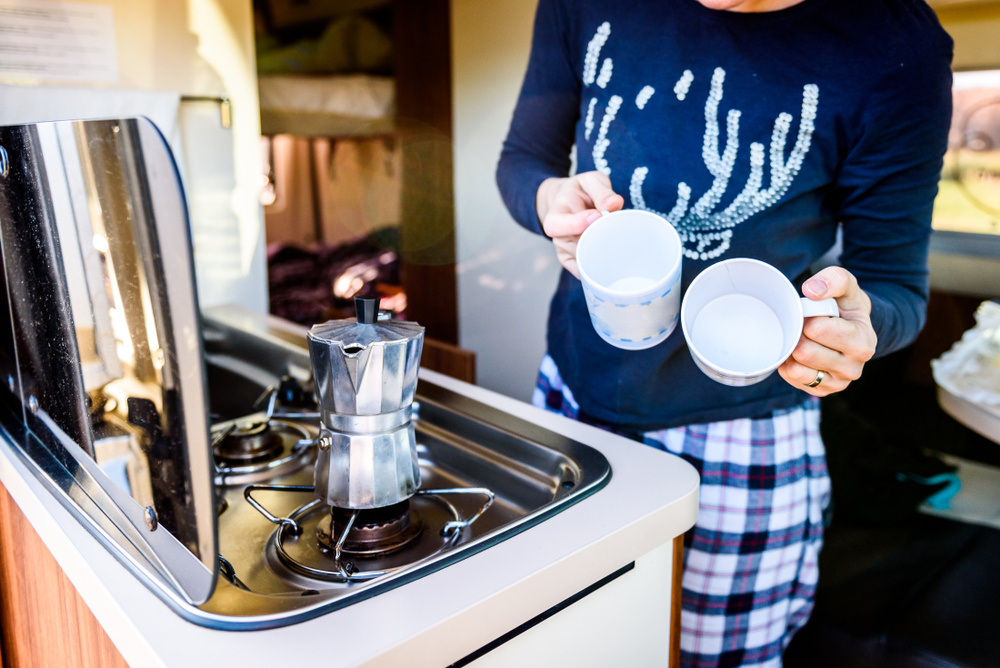
Thank god Instagram isn’t scratch and sniff because, let me tell you, all those vanlifers posting dreamy shots in exotic and remote places probably haven’t showered in three days. Welcome to vanlife.
I vividly remember the first time I took a break from my South American van adventure and went home for a visit. After spending 12 months in a truck barely the size of my mum’s bathroom, I just couldn’t believe how spacious and luxurious her one-bedroom apartment seemed to me. I cherished it all: the kettle that turned on with a flick of a switch, the fridge that didn’t drain the van battery, the shower I could actually stand up in, the kitchen that didn’t double as a sitting room and the bedroom that didn’t make me feel like I was sleeping in Dracula’s coffin.
With each visit back “into the real world,” you may find yourself missing your old life. But don’t forget: the first few months on the road are always the hardest. Soon, you’ll find yourself rolling your eyes at toilets that actually flush and kitchen sinks that drain properly.
The solution: Don’t have a shower? Head outside and find a waterfall, ocean or lake. Miss your gym membership? Try jogging in a national park. Need wifi? Embrace those internet-café day where you’ll interact with friendly locals and sip delicious coffee. You’ll bake cakes on bonfires and bread in frying pans, and your morning half-hour coffee-making routine will become your new meditation time. Sure, flicking a switch is easy, but the alternative, oftentimes, can be a lot more enjoyable.
You’ll have to budget like your (van)life depends on it, because it will.
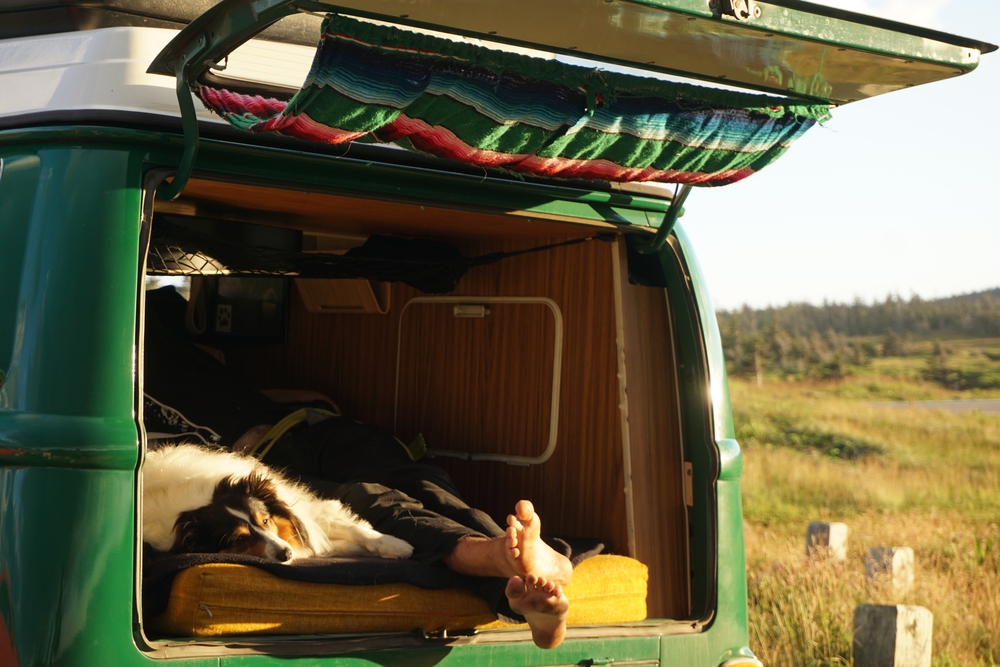
Let’s be clear about one thing: most of the above-mentioned vanlife conundrums could (possibly) be solved with an endless supply of moola. But, unless you’re rolling in it, you’ll will have to tighten the spending belt in ways you never imagined: every single purchase will have to be scrutinised until you find a budget that works.
Budgeting can be pretty subjective — are you a digital nomad and work as you go? Are you leaving with a chunk of savings in the bank hoping to find seasonal work along the way? Or are you just taking a year off to try out the vanlife and see how it fits? All of this will determine just how budget-conscious you should be, but, by and large, a modest spending habit just seems to go hand-in-hand with life in a van..
I’ve managed to keep a monthly budget of between $500 and $800 a month over the last few years and, although I do earn more than that from freelance copywriting, I prefer to still save a little when I can. This means that my (van)lifestyle changes depending on where in the world I happen to be meandering. That budget allowed me to live like a pauper in Australia (one of the world’s most expensive countries), but like the queen (that I am) in Southeast Asia. I lived relatively comfortably in central Europe, but am now back to splurging in Spain. Vanlife, in a cheaper country, starts to resemble Instagram a little more, if you catch my drift.
The solution: Apps like Mint and PocketGuard can help you track your daily spend (and monitor those bills and loan payments that are still coming in from back home).
The reality is:
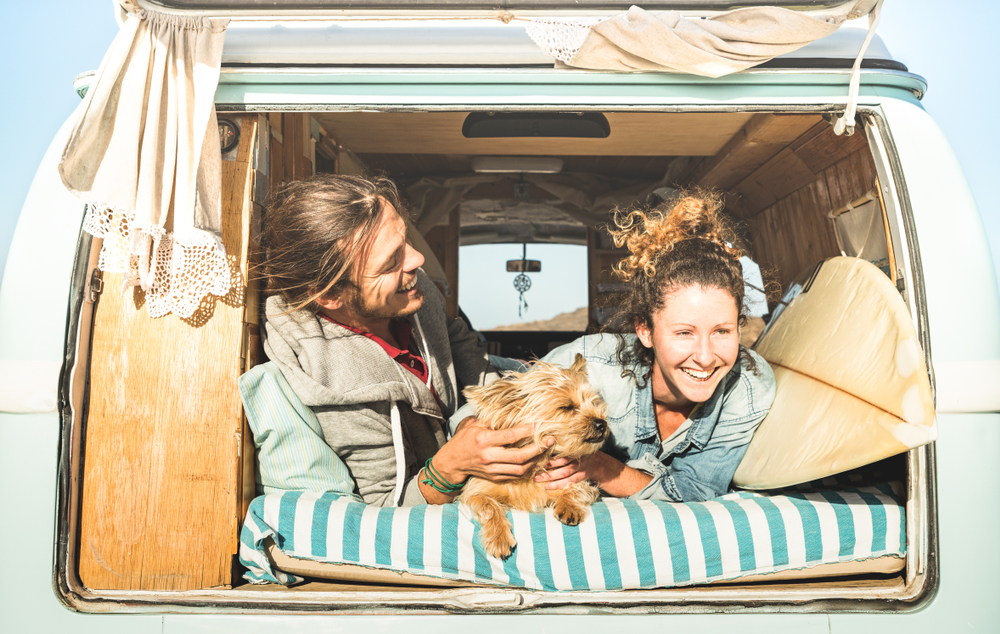
Vanlife may not be as glamorous as Instagram would lead you to believe, but that’s ok. We’re all guilty of perpetuating the myth that life on the road is full of incredible experiences, unforgettable chance encounters, and perfectly organized vans. But we stick to it, because sometimes, Instagram does actually get it right.